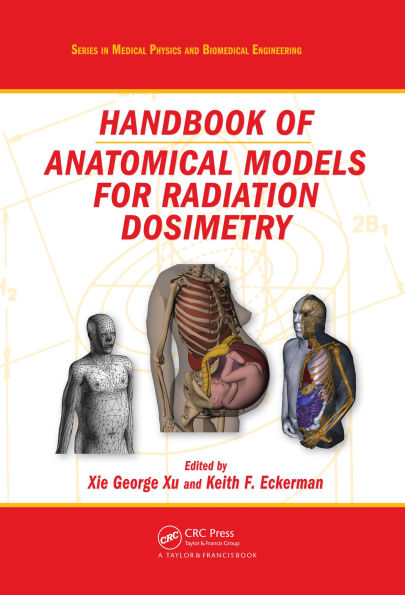Over the past few decades, the radiological science community has developed and applied numerous models of the human body for radiation protection, diagnostic imaging, and nuclear medicine therapy. The Handbook of Anatomical Models for Radiation Dosimetry provides a comprehensive review of the development and application of these computational mode
1136630303
Handbook of Anatomical Models for Radiation Dosimetry
Over the past few decades, the radiological science community has developed and applied numerous models of the human body for radiation protection, diagnostic imaging, and nuclear medicine therapy. The Handbook of Anatomical Models for Radiation Dosimetry provides a comprehensive review of the development and application of these computational mode
290.0
In Stock
5
1

Handbook of Anatomical Models for Radiation Dosimetry
757
Handbook of Anatomical Models for Radiation Dosimetry
757Related collections and offers
290.0
In Stock

Product Details
| ISBN-13: | 9781040069936 |
|---|---|
| Publisher: | CRC Press |
| Publication date: | 09/01/2009 |
| Series: | Series in Medical Physics and Biomedical Engineering |
| Sold by: | Barnes & Noble |
| Format: | eBook |
| Pages: | 757 |
| File size: | 12 MB |
| Note: | This product may take a few minutes to download. |
About the Author
From the B&N Reads Blog
